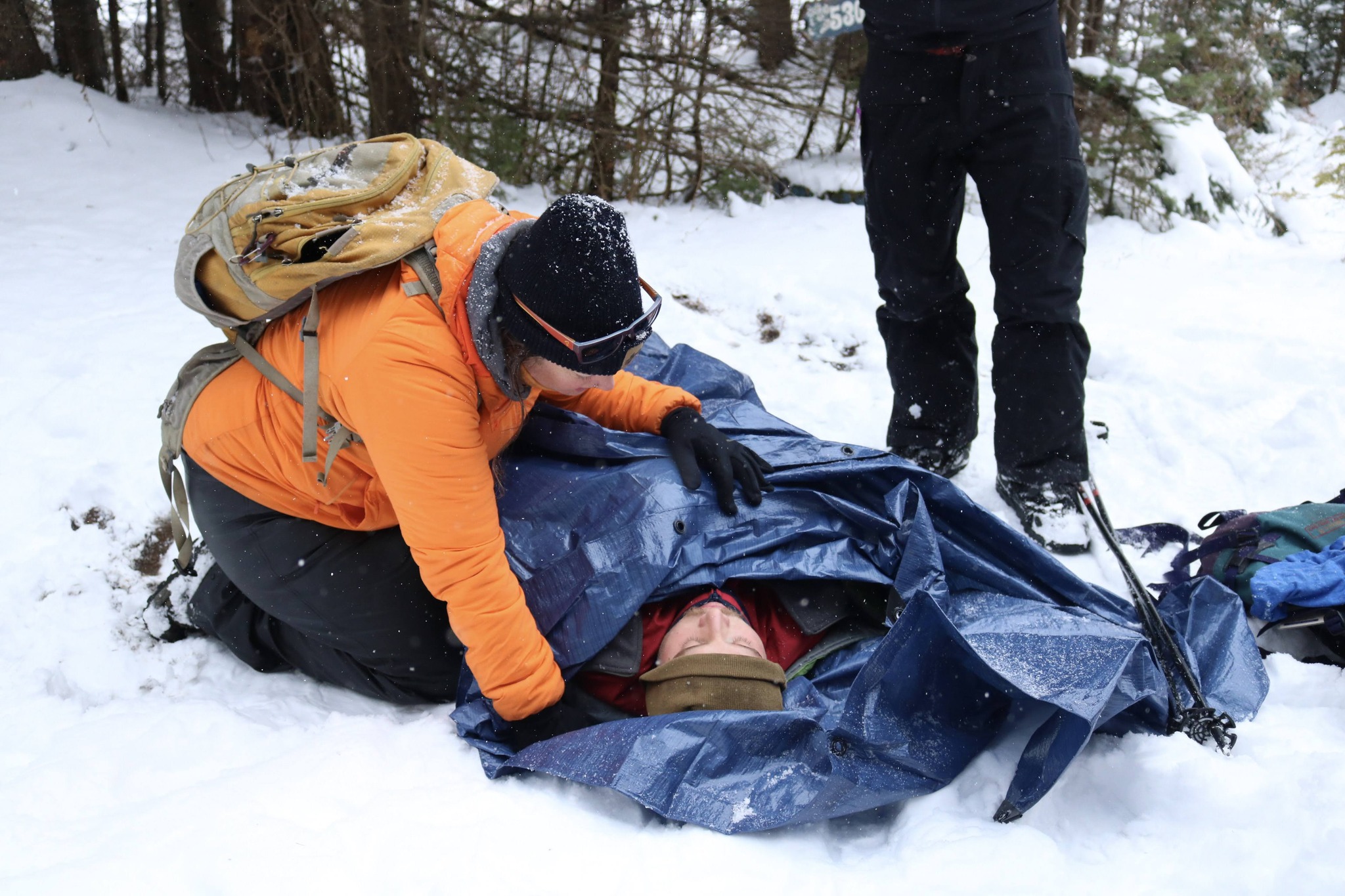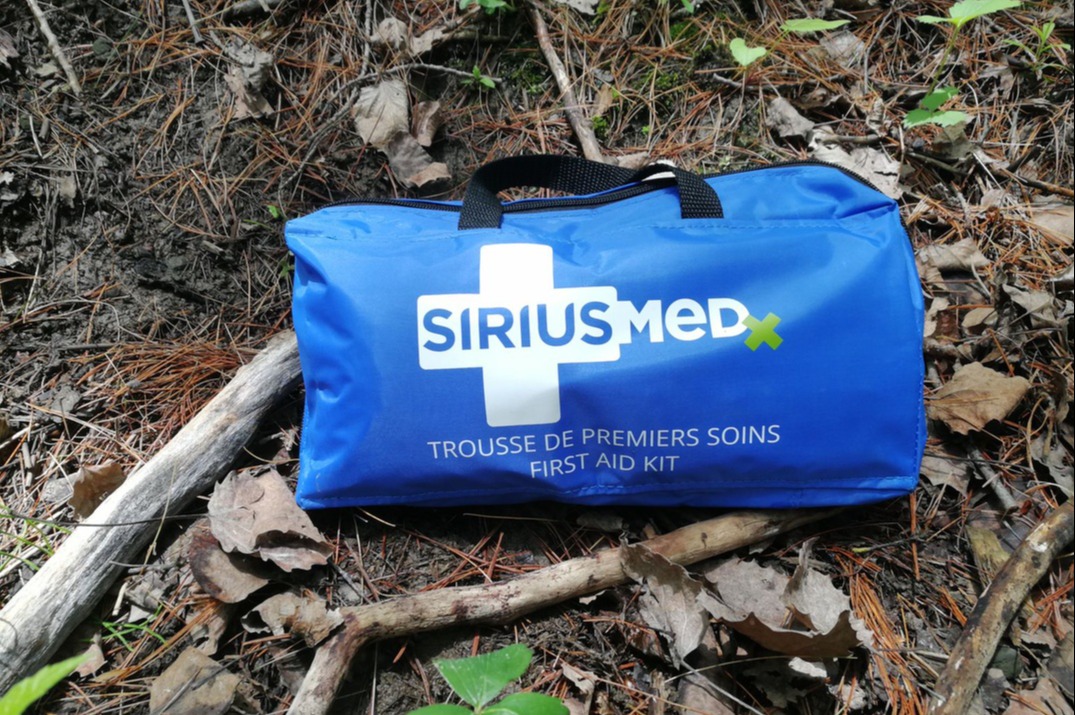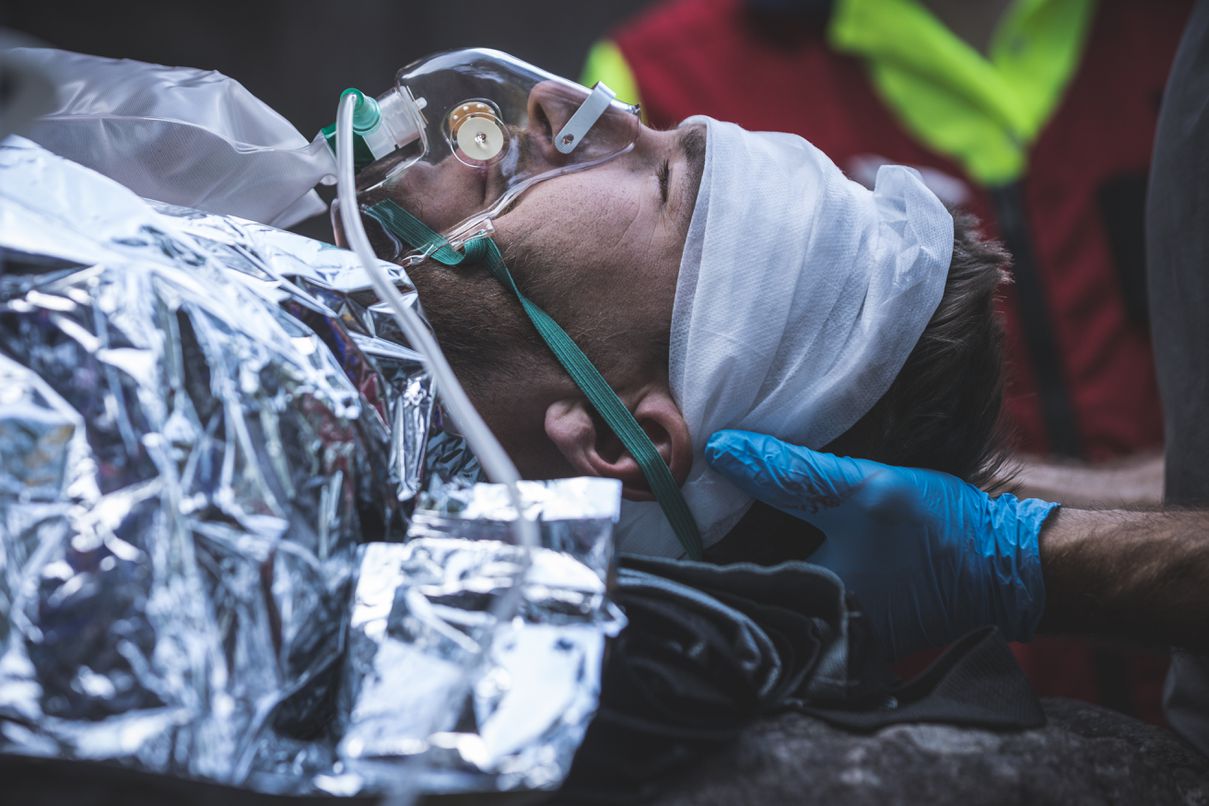Hypothermia is a drop in body temperature below 35 degrees Celsius. It occurs when the body loses heat faster than it can produce it. This can be caused by insufficient protection from the outside environment or as a result of an injury or disability sustained in a cold environment.
Since we don't walk around carrying a thermometer, it is important to recognize the clinical signs of hypothermia to intervene quickly and avoid serious complications that could arise.
The first signs of hypothermia are reflex shivering, feeling cold, and loss of dexterity. The state of consciousness is normal. This is the time to intervene to prevent further heat loss.
Once the victim is unconscious, it is too late, and even dangerous, to attempt to activate them. The victim should be protected from further heat loss by placing them in a multi-layer thermal blanket (Burrito) and evacuating them to the nearest hospital. Active external rewarming with hot water bottles or a heated blanket may be attempted, but the lower the temperature, the less effective it will be. Only in-hospital rewarming can get the victim out of danger.



What is hypothermia?